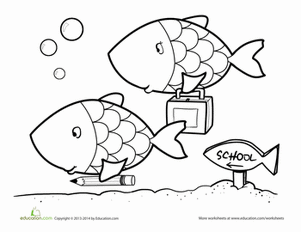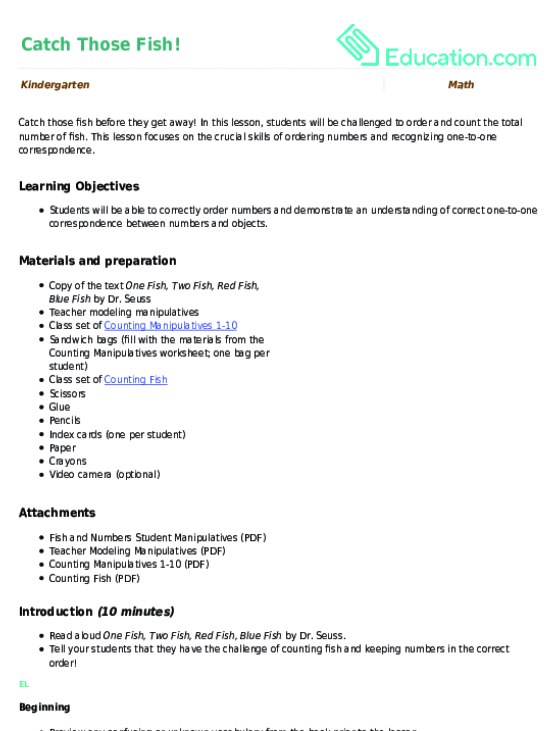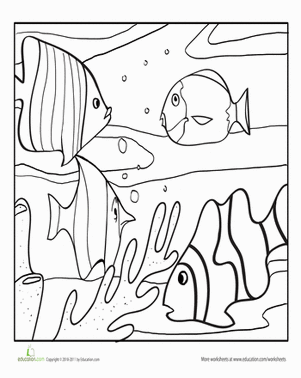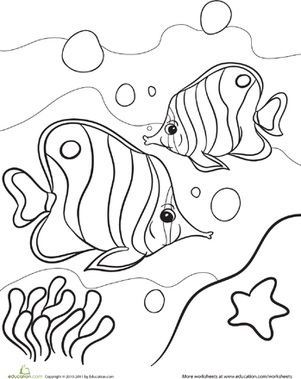Science project
How to Clean a Fish Tank
Do you have muddy waters? If you have a fish tank, add a catfish to the tank and see if your water gets cleaner.
Problem:
Do catfish help keep your fish tank clean?
Materials:
- Fish tank
- Fish
- Catfish
- Gravel vacuum
- White bucket
- Camera
- Plastic ruler
- Notebook and pencil
Procedure:
Whew! That aquarium looks dirty. If you’ve got a messy aquarium, will it help to add a bottom-feeding catfish? Create a hypothesis, your best guess about what is going to happen. Will the water look cleaner if there’s a catfish in the tank?
- Work with an existing fish tank or set up your own tank. If you’re setting up your own, it’s best to wait a month or so before you start the experiment.
- Clean out your fish tank. Get an adult to help you with this part. With your gravel vacuum, clean the gravel on the bottom of your tank. This removes some of the old fish food from the bottom of the aquarium. Make sure that the water you remove lands in the white bucket.
- Now, take a look in the bucket. Take a photo of the water. Place the plastic ruler into the bucket. How far down can you see? Note this in your notebook.
- Add a catfish to your tank. The catfish will swim around the bottom of the tank to eat. Feed your fish normally for two more weeks, adding a little extra food for the catfish.
- Clean your tank again. Take a photo of the water, and place the ruler into the bucket.
- Compare the two photos. Does one bucket of water look murkier than the other? How about the ruler measurements? Can you see deeper into the water in one bucket?
Results:
An aquarium with a catfish will be cleaner than an aquarium without a catfish.
Why?
Catfish are amazing animals. They can live in very dirty conditions, and they swim around the bottom of ponds, rivers, and even fish tanks, doing the business of cleaning up. Catfish are bottom-feeders, which means that instead of swimming to the top of the water to hunt and feed, they tend to eat food that falls to the bottom of a pond, river, or aquarium.
If you feed your fish a bit too much, that extra food drifts down to the bottom of the aquarium, making your tank messy. After a while, this can change the water quality in your fish tank, making the water cloudy. This is especially obvious when it comes time to change the water in your fish tank. When you clean out the gravel, you’ll get a lot of muddy water.
When you looked into each bucket and measured how far down you could see, you were taking a measurement of turbidity, or cloudiness in the water. The turbidity of the water tells you how much soil and sand is in the water.
When you add bottom-feeding animals to a fish tank, this helps make the water clear. If your water is still cloudy and you have room for more fish, think about getting another catfish—they’re the vacuum cleaners of the water!
Education.com provides the Science Fair Project Ideas for informational purposes only. Education.com does not make any guarantee or representation regarding the Science Fair Project Ideas and is not responsible or liable for any loss or damage, directly or indirectly, caused by your use of such information. By accessing the Science Fair Project Ideas, you waive and renounce any claims against Education.com that arise thereof. In addition, your access to Education.com's website and Science Fair Project Ideas is covered by Education.com's Privacy Policy and site Terms of Use, which include limitations on Education.com's liability.
Warning is hereby given that not all Project Ideas are appropriate for all individuals or in all circumstances. Implementation of any Science Project Idea should be undertaken only in appropriate settings and with appropriate parental or other supervision. Reading and following the safety precautions of all materials used in a project is the sole responsibility of each individual. For further information, consult your state's handbook of Science Safety.













